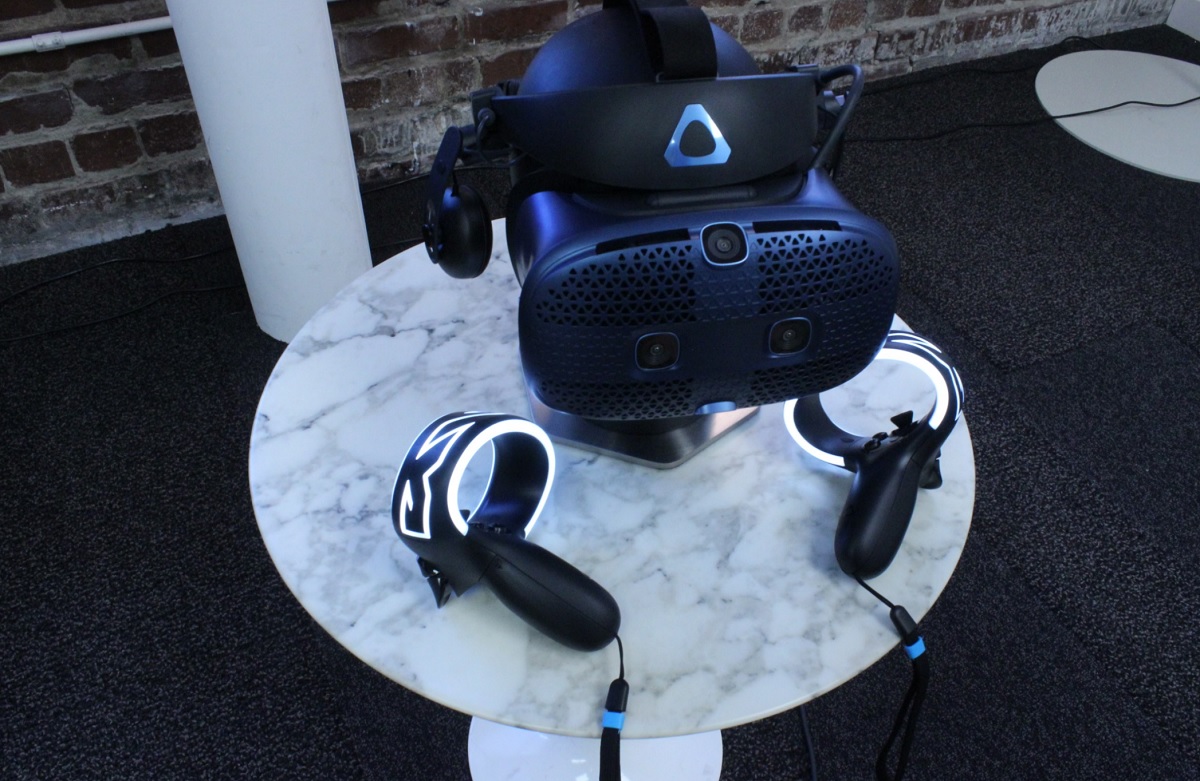HTC unveiled its high-end consumer virtual reality headset, the HTC Vive Cosmos, today. It ships on October 3 for $700, and I had a good hands-on demo with the system, for which preorders are opening today. And I talked with a couple of HTC executives after my demo, and I quizzed them about how the company designed the headset.
The HTC Vive Cosmos represents the high end of the consumer virtual reality market. It is an engineering marvel, but it still has to balance a number of difficult tradeoffs, such as cost, visual quality, accessibility, and mobility. HTC has done what it can to attack each one of these design vectors.

Unlock premium content and VIP community perks with GB M A X!
Join now to enjoy our free and premium membership perks.
![]()

![]()